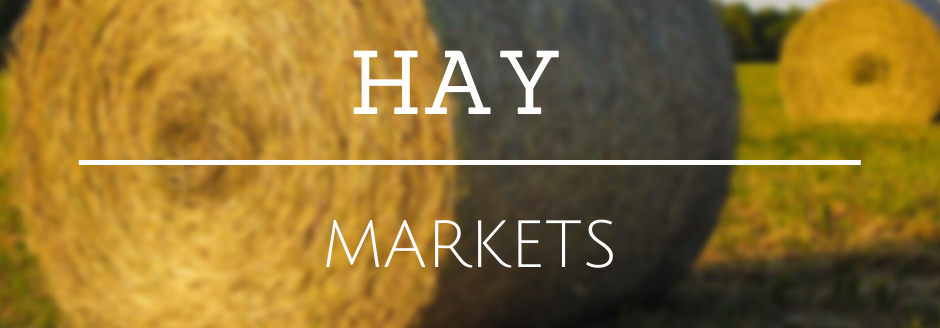State-By-State Hay Summary

Colorado—In the Feb. 29 report, compared to the last report, trade activity light on moderate demand. Stable hay sold steady.
Missouri—In the Feb. 29 report, compared to last report, the supply of hay is light to moderate, demand is moderate, prices for high quality hay steady to firm mid to lower quality hay steady to weak. The seemingly early spring has been a relief for farmers feeding given the amount of hay used in January. On the other hand, as a result of the unusually warm weather it comes as no surprise more of the state is showing on the drought monitor. Drought is still a concern and that can change quickly before growing season really arrives. Several new listings of mid- to lower quality hay are showing up as those who have unsold hay start to try to move some of last year’s hay from inventory before hay feeding ends and it is time to start focusing on this year’s crop.
Nebraska—In the Feb. 29 report, compared to last report, bales of hay sold with a lower undertone. Ground and delivered hay sold steady. Alfalfa pellets steady. Demand was very light across the state. Some contacts stated hay that had been spoken for has been turned back to the producer. Looks like there will be quite a lot of hay carried over. Dryness continues across the region but demand for hay remains nil. A few reports of some hay going south to help with the fires in the Texas panhandle.
Oklahoma—In the March 1 report, compared to the last report, the demand and trade remain low. Most hay producers are still not trading much hay and only delivering to long-time customers. They are also trying to help and do what they can for the fires that occurred in western Oklahoma and Texas. Next report will be released March 15.
Texas—In the Feb. 23 report, compared to last report, hay prices are mostly steady. Trading activity was moderate on limited to moderate demand. First cutting of hay in the south will usually be marketed by the end of March or first of April. Next report will be released March 8.
South Dakota—In the March 1 report, compared to last report, alfalfa hay steady to weak. Moderate demand for dairy quality alfalfa as low milk prices are pressuring margins for dairy operators causing them to cut cost where they can. Much better demand for large squares of alfalfa, much less demand for round bales as livestock operators haven’t had to feed as much hay as the weather has been abnormally mild.
New Mexico—In the Nov. 24, 2023 report, compared to last report, alfalfa hay steady. Trade active, demand good. The the state is 73% complete with fifth cutting, 54% with sixth cutting. Most parts of the state are wrapping up harvest for the season. According to New Mexico Crop Progress report as of Nov. 12, 2023. Hay and roughage supplies improved slightly from the previous week but remained in worse condition than prior years. Hay and roughage supplies were observed to be 25% very short, 42% short, 30% adequate, and 3% surplus. At 14% very short, 37% short, 45% adequate, and 4% surplus, stock water supplies were on par with the 5-year average. This is the last report for the season, reports will resume in spring 2024.
Wyoming—In the Feb. 29 report, compared to last report, hay sales sold steady. Demand remains light. Some producers are thinking they will have to lower their asking prices to finish cleaning out their hay barns before first cutting of alfalfa hits the sheds in June. All types and qualities of hay left at most producer’s piles. Next report will be released March 14.
Montana—In the March 1 report, compared to last report, hay sold fully steady. Hay sales were light this week, but heavier than the week prior. Supplies of utility and fair quality hay remain very high. Some ranchers have started to buy loads of hay in case of drought. Several loads of hay were purchased this week for that purpose. High test hay is very short and buyers continue to search for high test hay, particularly for dairy use. The best demand for feeder quality (utility and fair) hay remains around $150.00-165.00/ton delivered. Demand for straw is light as heavy straw supplies continue to be seen especially in the northern portion of the state. Mild weather and not much snow has kept straw usage low. Single load sales continue to move at steady money from time to time, however many producers have lowered asking prices in an attempt to move volume as supplies remain high.

